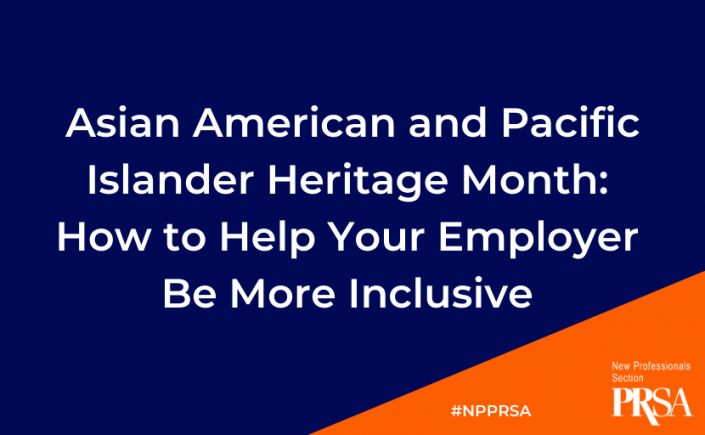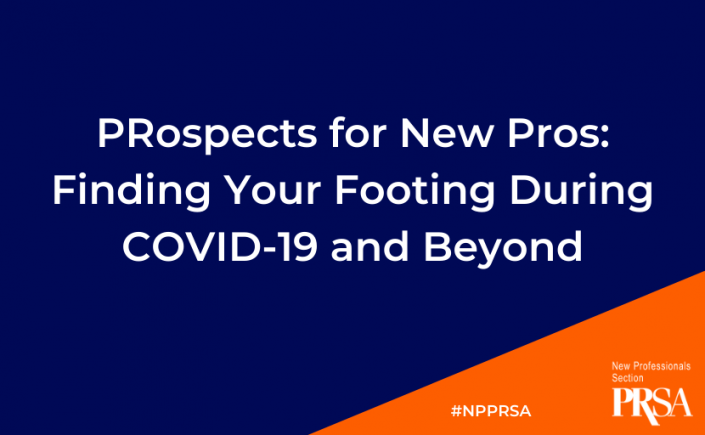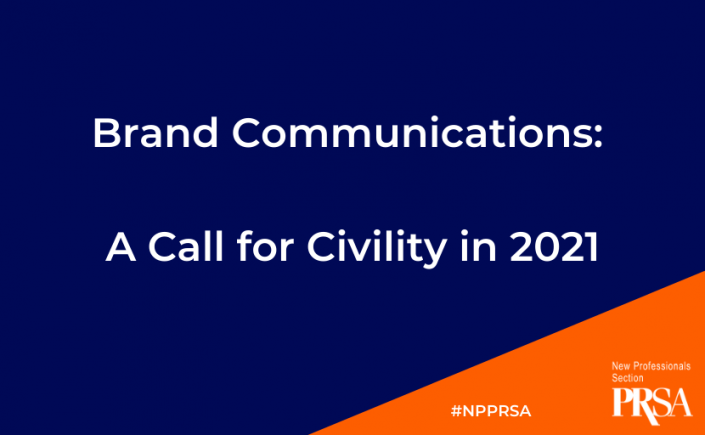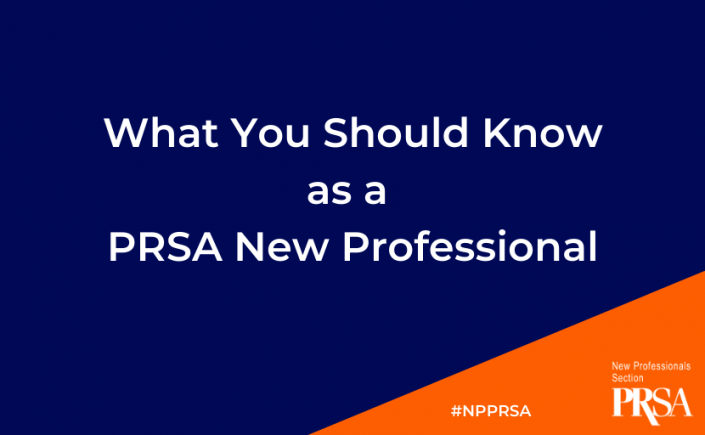By Whitney Conaghan
Whether you’re starting your first full-time job after an internship or you’re entering the workforce in a brand-new environment, the shift from student to intern to new professional is both exciting and challenging. It marks a major milestone in your communications career, and it’s more than just a title change. With more responsibility and expectations come new challenges — including adjusting to a longer workweek, learning how to advocate for yourself and figuring out how to build lasting relationships with colleagues.
The good news? You don’t have to have it all figured out on day one.
Here are a few practical tips to help you transition smoothly into your first full-time communications role, whether you’re in-house, at an agency, or somewhere in between.
Embrace the learning curve
You might feel pressure to prove yourself right away, especially if you’re coming into an entry-level position with hopes of moving up. But every company and role comes with its own systems and nuances. That means you’re going to be learning a lot, and quickly.
Pay attention to how the team operates. Watch how meetings are conducted, how decisions are made and what the tone of internal collaboration is.
Ask thoughtful questions. You won’t be expected to know everything, but you will be expected to show curiosity, attention to detail and a willingness to learn.
Shift from an intern mindset to a professional mindset
As an intern, you were probably focused on learning and supporting. As a full-time professional, you’re expected to own your work and think critically. This is your opportunity to demonstrate your value by connecting your day-to-day work to the bigger picture.
Start by being proactive. Instead of waiting for assignments, look for ways to add value. If there’s a project kickoff or a new client, volunteer to do the background research or manage timelines. If your team is short-staffed, offer to build the media list or serve as an extra set of eyes on the press release.
Build relationships (they matter more than you think)
In communications, relationships are everything — and that includes the ones you build inside your office. The colleagues you’re working with now become your mentors, collaborators and advocates.
Reach out to coworkers for a chance to connect, especially if you don’t work with them directly or if your company has offices in multiple locations. Be a team player by asking questions about what your colleagues are working on. You’ll not only learn more, but you’ll also show that you’re invested in the success of the whole team.
Adjusting to full-time life takes time
Going from a part-time internship or college schedule to a full-time job is a big adjustment. Between longer hours, new responsibilities and the mental shift of working full-time, it’s normal to feel drained.
Give yourself some grace. Your body and brain will adjust to a new routine. In the meantime, try to stay organized with a task list or a calendar, protect time for deep focus and find ways to disconnect at the end of the day. That work-life balance everyone talks about? It starts with small habits, like taking breaks and setting boundaries around after-hours emails.
Keep growing
Your first job is just that – your first job. It’s the start of your career journey. Make time for professional development, whether that means taking a PRSA course, attending a local chapter event, or reading up on industry trends.
Pay attention to what you’re drawn to. Do you love media relations, or are you more excited about internal comms? Are you energized by the fast pace of agency life, or are you more aligned with the stability of in-house work?
The transition from intern to full-time professional is a busy time, but it’s also one of the most exciting stages of your career. Stay curious, take initiative, ask for help when you need it and give yourself time to grow.
You don’t need to be perfect, you just need to keep learning!
About the Author
Whitney Conaghan serves as the membership chair of the PRSA New Professionals section. She graduated from the University of Oregon in 2023 and is a client services partner at dovetail solutions, a full-service communications agency in Denver, Colorado.




